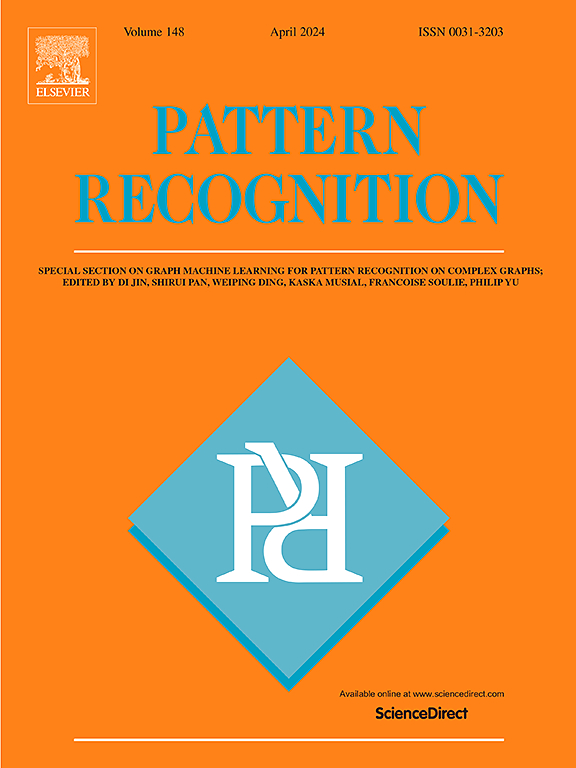A survey on image compressive sensing: From classical theory to the latest explicable deep learning
IF 7.5
1区 计算机科学
Q1 COMPUTER SCIENCE, ARTIFICIAL INTELLIGENCE
引用次数: 0
Abstract
Deep learning has achieved significant advancements in both low-level and high-level computer vision tasks, which can also drive the development of an essential research field of Image Compressive Sensing (ICS) today and in the future. Nowadays model-inspired ICS reconstruction methods have gained considerable attention from researchers, resulting in numerous new developments. However, existing literature lacks a comprehensive summary of these advancements. To revitalize the field of ICS, it is crucial to summarize them to provide valuable insights for various other fields and practical applications. Thus, this article first looks back on foundational theories of ICS, including signal sparse representation, sampling and reconstruction. Next, we summarize different types of measurement matrices for sampling, which include learnable/non-learnable measurement matrix, uniform/non-uniform measurement matrix. Then, we provide a detailed review of ICS reconstruction, covering traditional optimization reconstruction methods, inexplicable reconstruction methods and explainable reconstruction methods as well as Transformer-based reconstruction methods, which will help readers quickly grasp the history of ICS development. We also evaluate several representative ICS reconstruction methods on publicly available datasets, comparing their performance and computational complexities to highlight their strengths and weaknesses. Finally, we conclude this paper and their future opportunities and challenges are prospected. All related materials can be found at https://github.com/mdcnn/CS-Survey.
图像压缩感知综述:从经典理论到最新的可解释深度学习
深度学习在低级和高级计算机视觉任务中都取得了重大进展,这也可以推动当今和未来图像压缩感知(ICS)重要研究领域的发展。目前,基于模型的ICS重建方法受到了研究者的广泛关注,并取得了许多新的进展。然而,现有文献缺乏对这些进展的全面总结。为了振兴ICS领域,对其进行总结,为其他领域和实际应用提供有价值的见解是至关重要的。因此,本文首先回顾了ICS的基础理论,包括信号稀疏表示、采样和重构。其次,我们总结了不同类型的采样测量矩阵,包括可学习/不可学习测量矩阵,均匀/非均匀测量矩阵。然后,我们对ICS重建进行了详细的回顾,包括传统的优化重建方法、无法解释的重建方法和可解释的重建方法以及基于变压器的重建方法,有助于读者快速掌握ICS的发展历史。我们还在公开可用的数据集上评估了几种具有代表性的ICS重建方法,比较了它们的性能和计算复杂性,以突出它们的优缺点。最后,对本文进行总结,并对未来的机遇和挑战进行了展望。所有相关资料可在https://github.com/mdcnn/CS-Survey找到。
本文章由计算机程序翻译,如有差异,请以英文原文为准。
求助全文
约1分钟内获得全文
求助全文
来源期刊

Pattern Recognition
工程技术-工程:电子与电气
CiteScore
14.40
自引率
16.20%
发文量
683
审稿时长
5.6 months
期刊介绍:
The field of Pattern Recognition is both mature and rapidly evolving, playing a crucial role in various related fields such as computer vision, image processing, text analysis, and neural networks. It closely intersects with machine learning and is being applied in emerging areas like biometrics, bioinformatics, multimedia data analysis, and data science. The journal Pattern Recognition, established half a century ago during the early days of computer science, has since grown significantly in scope and influence.
 求助内容:
求助内容: 应助结果提醒方式:
应助结果提醒方式:


